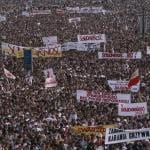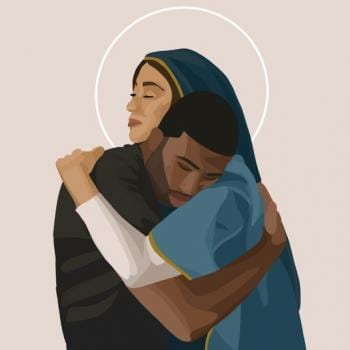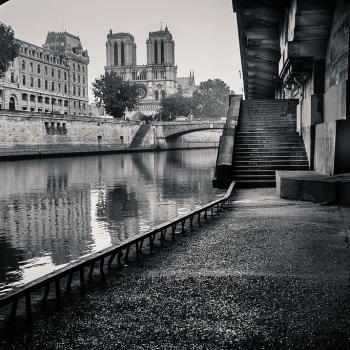“I write about race,” states Richard Rodriguez, author of the extraordinary Brown, the Last Discovery of America, “in hopes of undermining the notion of race in America.”
He recalls the meeting of the Indian, the African, and the European in colonial America: “Red. Black. White. The founding palette.”
But now projections are for one in every three Americans to be Hispanic by 2040. Indeed, according to the U.S. Census Bureau, we are already one of the largest Latin American nations in the world.
For this author, brown, the new color in our national palette, is “not a singular color, not a strict recipe, not an expected result, but a color produced by careless desire, even by accident; by two or several. I write of blood that is blended. I write of brown as complete freedom of substance and narrative. I extol impurity.”
North of the U.S.-Mexico border, “brown appears as the color of the future. The adjective accelerates, becomes a verb: ‘America is browning.’ South of the border, brown sinks back into time. Brown is time.”
Who is Richard Rodriguez? “My mestizo boast: as a queer Catholic Indian Spaniard at home in a temperate Chinese city [San Francisco] in a fading blond state in a post-Protestant nation ….”
Putting it another way, the voice here is that of an older Mexican-American gay Catholic man with advanced degrees in English literature and one of the most elegant writing styles available anywhere. Rodriguez, in short, is an essayist whose observations are a mix of vivid memoir and high comedy. And what he has to say has great implications for both the American Catholic church and the U.S. in general.
One of Rodriguez’s scholarly interests at one time was Puritanism and the culture around it: its exaltation of purity, its fear of inauthenticity, its “prohibition of impersonation.” However libertine some may imagine American life today, Rodriguez finds this deep Puritan streak re-emerging in diverse places and times. Notably, in today’s identitarian movement (the origins of which he knew as an Affirmative Action student in the 1970s) but also in the “sixties” (wire-rimmed glasses, unshaved legs, bra burnings, campus witch trials, the rejection of “role-playing” and the rejection of authority, tradition).
After a typical poetic musing on the way Los Angeles “took its reflection from the sea, rather than the desert, imagining itself a Riviera,” Rodriguez continues, his Catholicism coming out:
More than aridity, America fears fecundity. Perhaps as early as the 1950’s film Invasion of the Body Snatchers, nightmare images of pregnant pods and displacing aliens converge. Fecundity is death. (To manufacture life is to proliferate death.) Who’s going to pay for fecundity? The question reminds us all of scarcity, for we live at the edge of the sea. What is scarce is water. Metaphors Californians summon today to describe the fear of the South are, appropriately, fluid. Waves of people coming. Tides of immigrants. Floods of illegals. Sand, the primordial image of barrenness, uncivilization, becomes an image of unchecked fertility.
Like all very fine writers, Rodriguez is inimitable: he reminds you of nobody else. He gave the keynote talk a few months ago at Loyola University’s conference on “the Catholic Imagination” (watch it here). In his talks, Rodriguez is generally funnier than in his books, as well as more poignant at moments. In this talk he speaks directly and powerfully to his sense of himself as both gay and a Catholic, among other topics.
In an earlier work, Days of Obligation: An Argument with My Mexican Father, his chapter (“Victorian Ladies”) on the decorator culture of gay San Franciscans and their chic houses amidst the growing catastrophe of the 1980s AIDS epidemic is an affecting picture of a subculture still little known, especially by Catholics.
Where are the great Catholic writers today?, people sometimes ask. I’m coming to decide: here’s one.













